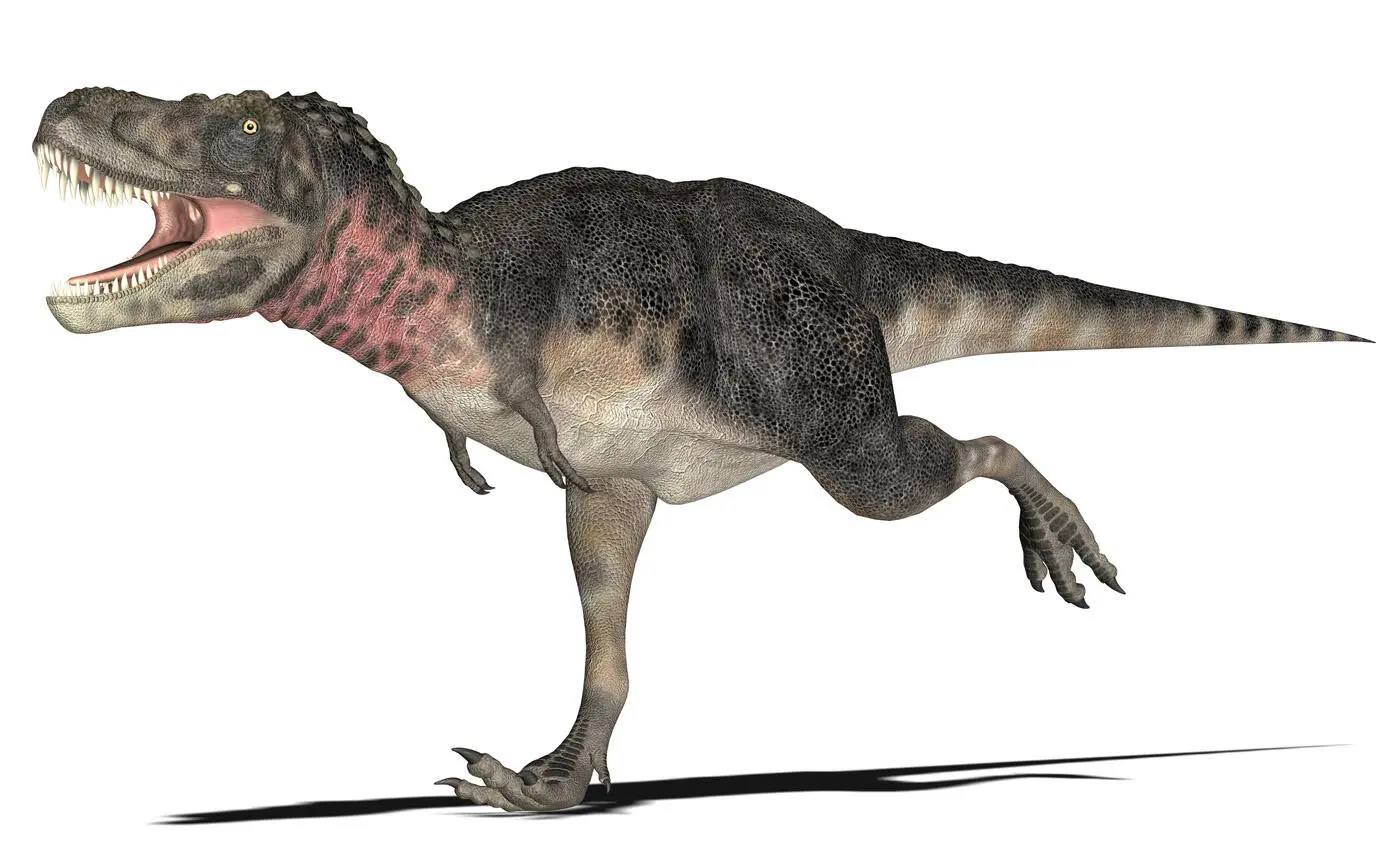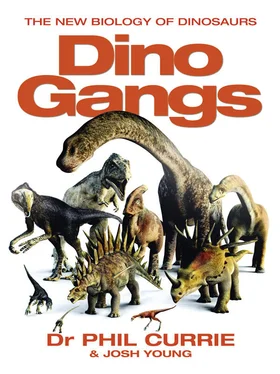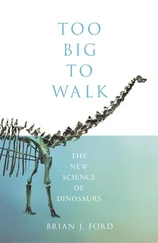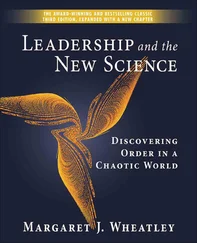For the past 15 years, Currie has been on a physical and intellectual journey to piece together a jigsaw puzzle that could change the way we think about massive killer dinosaurs for ever. He believes that tyrannosaurids, the most fearsome family of carnivorous dinosaurs, were far more complex and more dangerous than we ever could have imagined.
‘Part of the problem is just that we always tend to lump dinosaurs together,’ Currie says. ‘We know dinosaurs existed for 150 million years and we think that they didn’t go through any changes. But Tyrannosaurus was the top predator of the very end of the age of dinosaurs. Those were the most highly adapted, large predators that existed during the entire age. And I think they were by far the most dangerous animals.’
The tryannosaurid family had a dozen species. They were part of the Coelurosauria clan, which contained all bipedal, theropod (‘beast-footed’) dinosaurs. Most were small meat-eaters, such as oviraptorids, ornithomimids and dromaeosaurids (including Velociraptor), and some dated back to the Jurassic period. Tyrannosaurids came from animals similar to Velociraptor and were relatively late in the timeline of dinosaur existence.
Currie has focused on a member of the tyrannosaurids that hasn’t drawn much attention: Tarbosaurus, which lived in the Gobi Desert, was a cousin of the fierce Tyrannosaurus rex, an inhabitant of North America. Imagine a beast 12 metres (40 feet) long, 3–4 metres (10–13 feet) tall and weighing in at 5–6 tonnes. Its massive skull was packed with 64 giant, serrated, bone-crushing teeth, and it also had what appears to be one of the biggest brains of any of the large meat-eating dinosaurs. That was Tarbosaurus.
‘Tyrannosaurs were the most highly adapted large predators and … by far the most dangerous animals.’
‘Tarbosaurus is probably best known because of its cousin, Tyrannosaurus rex, and for a long time after Tarbosaurus was discovered, it was actually called Tyrannosaurus because it looks very similar in most ways,’ Currie explains, referring to the dinosaurs in the present tense as he often does. ‘So we have a large animal that kind of looks like an over-grown chicken on hormones. If this thing is standing on its two hind legs, basically it can’t use its forelimbs at all for locomotion. In the case of Tyrannosaurus, they become very reduced and small although they still have fairly big claws and muscles. Tarbosaurus is even crazier in having even smaller arms.’
Tarbosaurus was discovered in 1948 and was originally named Tyrannosaurus bataar (and later Tarbosaurus bataar) by a Russian scientist named Evgeny Maleev in 1953. A few scientists still consider these the same animals, but Currie points out that there are fundamental differences. ‘They are animals that look very much the same because they are mostly the same size, but they are not the same,’ he says. ‘The easiest difference to pick up on is the arms of the animals. Tyrannosaurus has really short arms, but Tarbosaurus has even more ridiculously short arms.’
Next to Tyrannosaurus rex, Tarbosaurus is the largest tyrannosaur that existed, which makes it one of the top three or four giant predators ever in the world. Tarbosaurus was an animal with a very large skull, and this skull was very powerfully muscled. Over time, the back of the skull expanded laterally so that it could build up muscle mass to allow it to close its massive jaws in a powerful bite. Its teeth were the size of bananas, and the reason those teeth became so thick is so they could function as bone crushers, rather than steak knives. The teeth were able to slice through flesh because the jaws had so much power in them and because they were sharp tipped. At the same time, the thickness allowed them to break bones, which they swallowed with the flesh. This was a dinosaur that was very well adapted for eating other animals.
Tarbosaurus had very powerfully built hind legs that were relatively long. ‘When you look at not just the length of the legs but the proportions of the legs, tarbosaurs are built more like ostriches than human beings,’ Currie says. ‘This meant that they were capable of reaching very high speeds for their size.’
Tarbosaurs had also adapted their bodies so that they weren’t quite as heavy as one would expect them to be. Rather than resembling a small meat-eating dinosaur that had been blown up to a larger size, its body proportions had changed considerably to prevent it from having too much weight to haul around. That excess weight would have been a problem because these animals ran on their hind legs, making them like seesaws.
‘This was a really nasty animal, and in spite of its size and that it looked so primitive to us, this was also a dinosaur that was very, very sophisticated in a lot of ways. If you look at the brain size of this animal, it’s not as big as a human being, but if you compare the brain size of a Tarbosaurus to the brain sizes of any of the animals it was chasing down, then it had a pretty respectable brain size. Even compared to modern lizards and crocodilians, turtles and things like that, this dinosaur had a fairly big brain. The bottom line was that it was a pretty sophisticated dinosaur and a very efficient killing machine.’

A Tyrannosaurus looked like an over-grown chicken on hormones.
Friedrich Saurer/Science Photo Library
In 2009, Currie went on a voyage of discovery, revisiting places and ideas from his 30 years in palaeontology to reveal one of the last major unknowns in dinosaur biology. He was accompanied to dinosaur sites and high-tech labs by several internationally renowned scientists: Dave Eberth, a Canadian sedimentologist and habitat specialist; Yoshi Kobayashi, an associate professor at Hokkaido University who is Japan’s top expert in carnivorous dinosaurs; Yuong-Nam Lee, a Korean herbivorous dinosaurs specialist; Louis Jacobs, an American college professor and renown vertebrae fossil expert; and Larry Witmer, an American scientist and professor engaged in cutting-edge research into dinosaur brains.
In addition to debating and fleshing out his theories with the experts, Currie wants his findings to be presented to the widest possible audience. He seeks to dispel the notion that studying dinosaurs is conducted by scientists holed up in windowless labs with microscopes examining ancient bones that have little relevance. Instead, he hopes to show that dinosaurs were not just fossilized stones but living, breathing creatures that may have quite a bit to say about the history of our planet.
Конец ознакомительного фрагмента.
Текст предоставлен ООО «ЛитРес».
Прочитайте эту книгу целиком, купив полную легальную версию на ЛитРес.
Безопасно оплатить книгу можно банковской картой Visa, MasterCard, Maestro, со счета мобильного телефона, с платежного терминала, в салоне МТС или Связной, через PayPal, WebMoney, Яндекс.Деньги, QIWI Кошелек, бонусными картами или другим удобным Вам способом.













